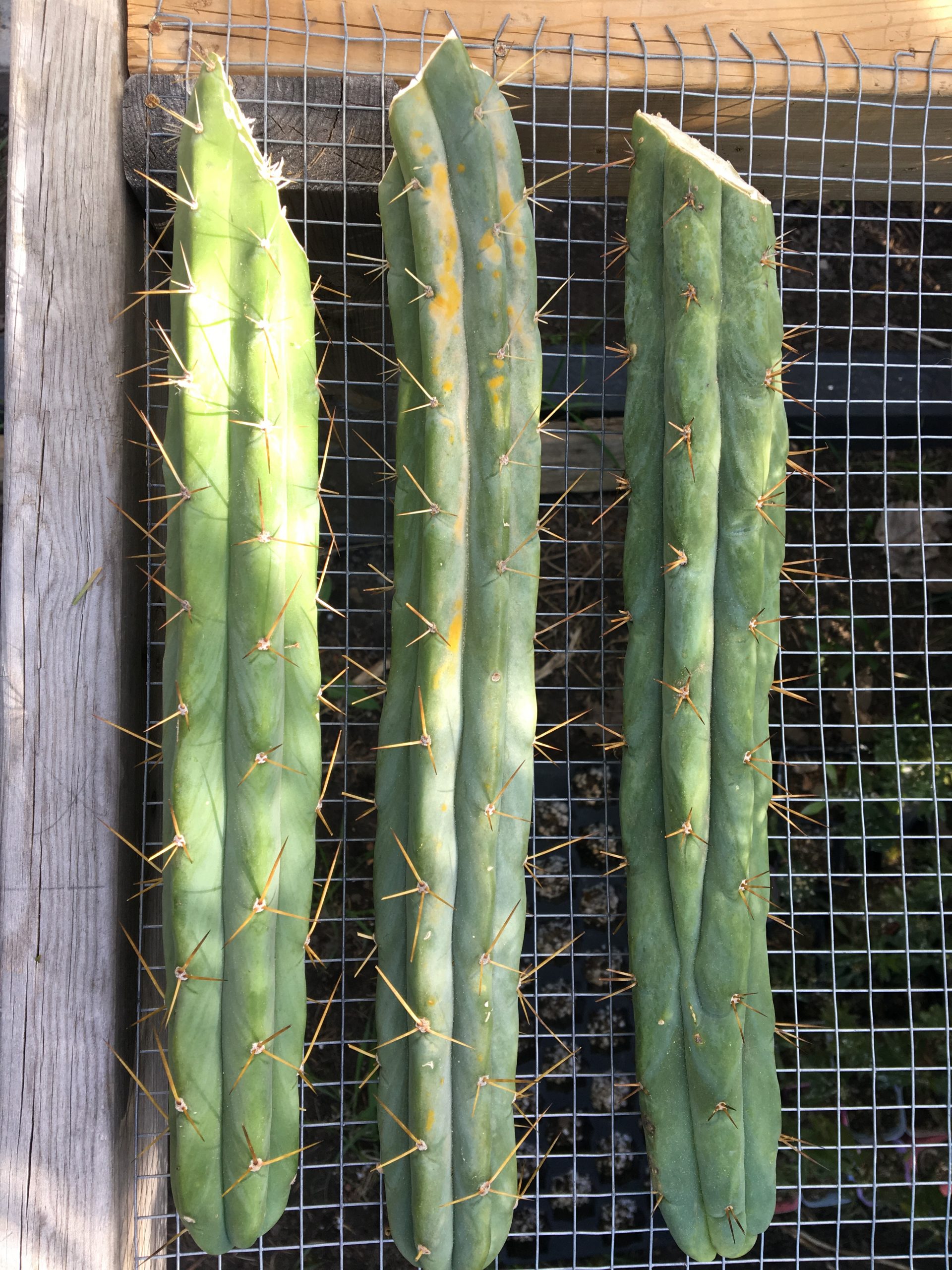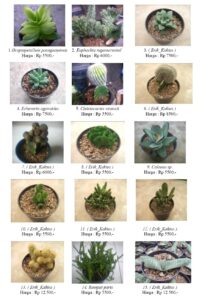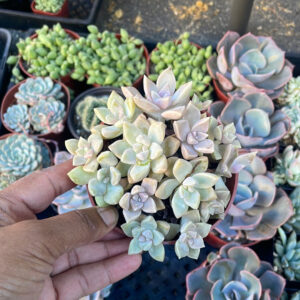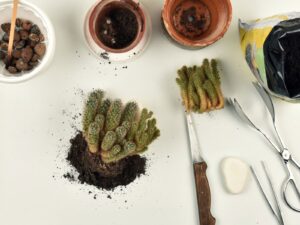When exploring the world of cacti and succulents, propagating cactus from cuttings offers an enticing avenue for enthusiasts to expand their collections. This process not only allows for the reproduction of your favorite specimens but also provides an engaging gardening experience. Whether you are a novice or a seasoned gardener, understanding the intricacies of cactus propagation will undoubtedly enhance your skills. This guide aims to provide comprehensive insights into successfully starting cacti from cuttings.
Before plunging into the propagation process, it is essential to grasp the fundamental requirements for successful cactus growth. By learning the essential prerequisites, you can create an ideal environment for your cuttings to thrive.
Climate Considerations
Cacti are predominantly native to arid and semi-arid regions, which means they flourish in warm, dry climates. However, the specific temperature and humidity needs can vary among species. Most cacti prefer temperatures between 70°F and 100°F during the day and slightly cooler nights. It is essential to provide adequate air circulation while ensuring that humidity levels remain low, as excessive moisture can lead to rot.
Proper Lighting
Light plays a pivotal role in the health of cactus cuttings. Cacti thrive in bright, indirect sunlight; however, many varieties also require periods of direct sunlight. Utilizing south-facing windows or grow lights can help ensure that your cuttings receive the appropriate intensity of light. Nevertheless, be mindful of sudden environmental changes that can shock the cuttings.
Essential Tools and Materials
Gathering the right tools is paramount for successful propagation. Here is a concise list of the essential materials:
- Sharp, clean knife or pruning shears
- Well-draining potting mix, specifically designed for cacti
- Small containers or pots
- Rooting hormone (optional but beneficial)
- Watering can or spray bottle
Choosing the Right Type of Cactus for Cutting
Not all cacti propagate equally well from cuttings. Familiarizing yourself with the appropriate species is critical to ensuring success. Some of the most common types that thrive in propagation include:
Opuntia (Prickly Pear)
Known for its flat, paddle-like stems, the Opuntia is an excellent choice for beginners. It propagates easily from pads, which can be cut and allowed to callous before planting.
Schlumbergera (Christmas Cactus)
This epiphytic cactus, commonly known for its vibrant flowers during the holiday season, can be propagated by stem cuttings. It takes root readily under appropriate conditions.
Stenocactus
This fascinating species features ribbed stems and can also be rooted from cuttings. Its unique shape and coloration make it a desirable choice for collectors.
The Propagation Process: Step by Step
Once you have gathered your materials and selected the ideal cactus type, it is time to dive into the propagation process. Follow these detailed steps for optimal results:
Cutting Selection and Preparation
Using a sharp knife or shears, carefully cut a segment from the cactus. Ensure that the cutting is healthy, free from blemishes or signs of disease. The cut should be at least a few inches long, depending on the species. After making the cut, allow the cactus piece to dry and callous for a few days. This drying phase is crucial as it helps prevent rot once the cutting is planted.
Planting the Cutting
Once the cutting has calloused, prepare your potting mix by filling a small container with well-draining cactus soil. Make a small hole in the soil and gently place the cutting into it, ensuring that it is upright. If you choose to use rooting hormone, dust the cut end before planting. This method can enhance root development, although it is not mandatory.
Watering Regimen
After planting, it is vital to water appropriately. Initially, refrain from saturating the soil. Instead, lightly mist the surface or provide a few droplets of water to maintain moisture levels. This gentle approach helps the cutting establish roots without overwhelming it.
Monitoring and Care
As the cutting settles into its new environment, monitoring growth is crucial. Place the pot in a bright area with indirect sunlight and allow the soil to dry out completely between watering sessions. Occasional checks for pests or diseases will ensure a healthy growing environment. Over time, roots will develop, and new growth will emerge, indicating that your propagation efforts are successful.
Moving On: Transplanting
Once the cactus cutting has established a robust root system, it may be time to consider transplanting it into a larger pot. This transition allows for continued growth and provides the cactus with ample space to flourish. Select a pot that is slightly larger than the previous one, ensuring adequate drainage holes. Use the same well-draining potting mix to fill the new container and gently transfer the cactus, being careful not to disturb the roots excessively.
Conclusion
Starting a cactus from a cutting is not only an economical method of propagation but also a rewarding one. As you watch your cuttings root and grow, you will develop a deeper appreciation for these resilient plants. By following this guide, engaging with the propagation process, and providing the right conditions, you can cultivate a thriving cactus garden from cuttings. With patience and care, your efforts will yield beautiful and diverse cacti that can be enjoyed for years to come.





Leave a Comment